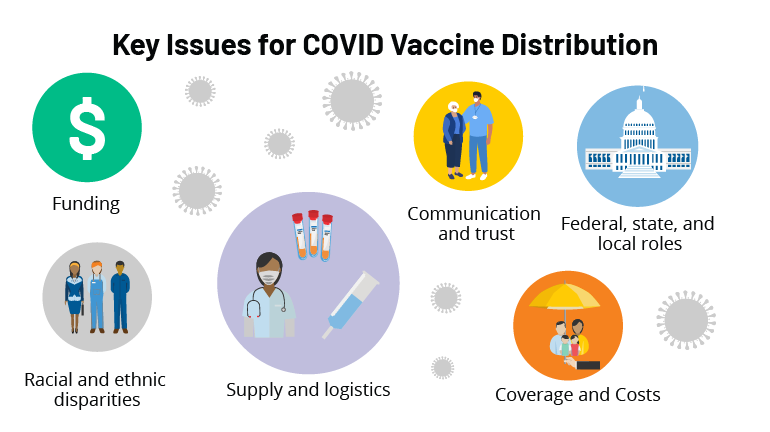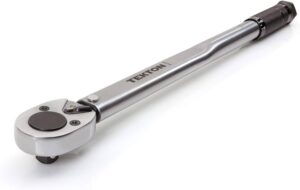Vaccines for the coronavirus were like a ray of hope for millions of people worldwide. With thousands getting vaccinated every day, logistical companies have been working relentlessly to make this happen. It is the use of logistics software that takes care of the supply chain management of vaccines and ensures they reach their destination via transportation, storage, material handling, and packaging. With the need to provide a bulk amount to every corner of the world with their unique weather and limitations, vaccine logistics is getting more complicated as we speak.
Vaccine Logistics Challenges
The cold chain refers to the temperature-controlled supply chain. Medical supplies including vaccines operate between 2 to 8 degrees Celcius or 35.6 to 46.4 degrees Fahrenheit. Vaccines are usually stored at around 4 degrees which is manageable by logistics provides. However, the problem arises when transporting vaccines to areas with a hot climate such as South America, Asia, and Africa. Aside from that, the lack of adequate storage infrastructure hinders their ability to store them. Add to that power outage which will lead to the refrigerators failing, and the sheer volume of vaccines required for the large population in these areas. If we talk about some Covid-19 vaccines, while the Moderna vaccine can remain stable between 4 to 8 degrees Celcius for 30 days, it is not the same for Pfizer vaccines. So inevitably the pressure to supply Moderna vaccines is much higher.
Transportation or last-mile delivery is one of the biggest challenges. For land transportation, if controlling the temperature is handled, the lack of drivers compels trucking companies to turn down taking more freights. Given the urgency amidst the pandemic, vaccines will be transported via air for longer distances. With aviation, shipping vaccines at a freezing temperature is challenging as it is. Even if dry ice is used, they have a significant weight of their own. Not only does this limit the number of vaccines that can be carried, but adds to the cost and time taken to distribute. From there on, transporting the last mile from the airport to the destination is critical. Without refrigeration on the road, this is another instance where dry ice plays an important role to keep the vaccines from being redundant.
Scientists have been working towards developing vaccines that do not need extreme storage requirements such as the Pfizer vaccine for coronavirus. Works are already underway to develop a powdered version of the Pfizer vaccine, with plans of release in 2021. This will make vaccine software relatively easier. However, with human trials and WHO approval, large-scale production is still a long way ahead. Other vaccines such as Moderna, Johnson, and Johnson, and AstraZeneca can all be transported and stored at a refrigerated temperature of 2 to 8 degrees.
Conclusion
Even with advanced technology, vaccine software is going to get complicated, especially, with an ongoing pandemic.






Be First to Comment